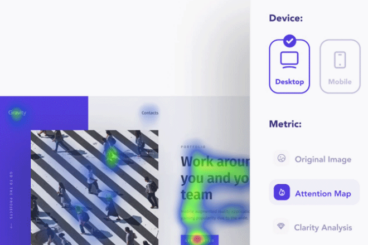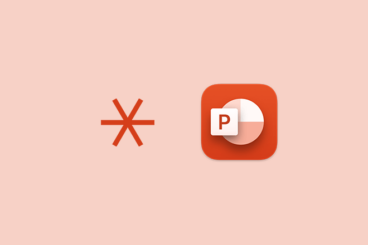
AI Tools / 20 Sep 2023
10 Most Useful AI Tools for Designers in 2024
Whether you’re a freelancer or managing a team at an agency, efficiency is key to delivering great work as a designer.
With the rapid advancements in AI (Artificial Intelligence) technologies, it’s getting much easier to manage multiple clients and craft amazing designs at the same time. And with these AI tools, you’ll be able to achieve that same level of efficiency right now.
Today, we check out some of the most useful AI tools you can use to supercharge your workflow to design better, faster, and more efficiently.
We already covered a list of AI art generation tools for designers. In this post, we are focusing on AI tools you can use to improve your workflow as a designer.
Let’s dive in.










